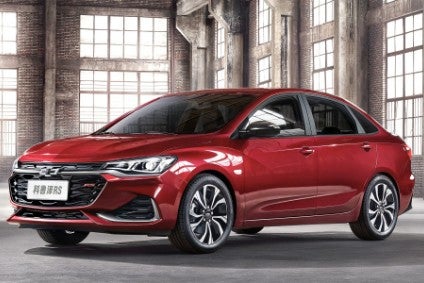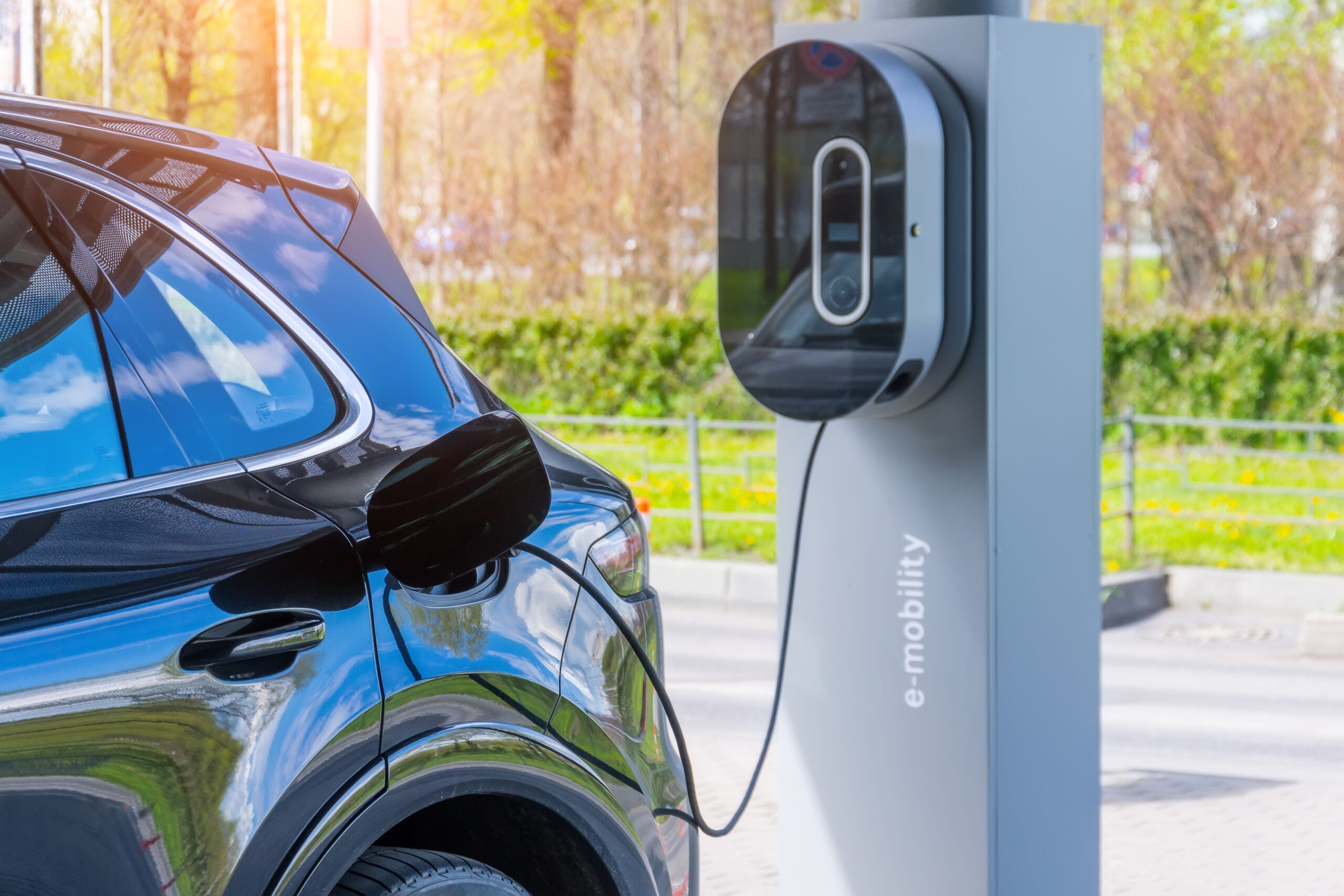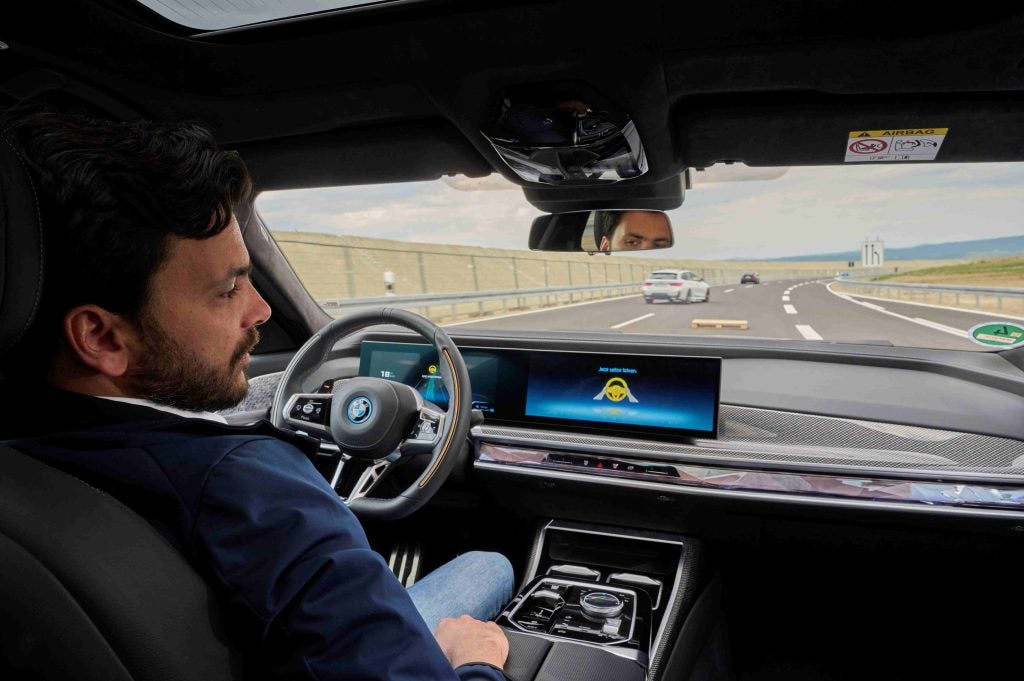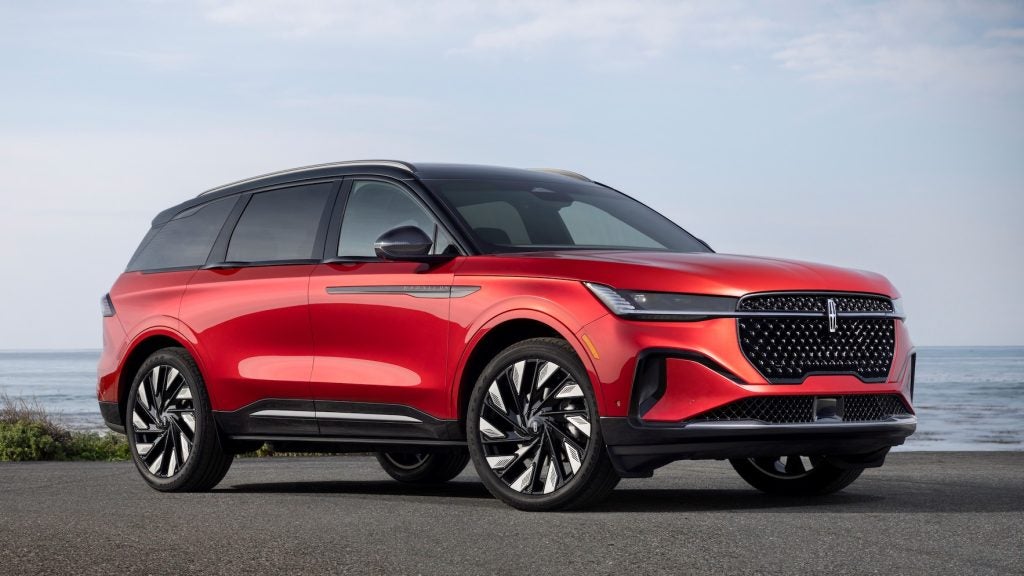
General Motors has pulled Chevrolet out of many markets in recent years yet the brand remains strong in the Americas, particularly the USA and Brazil. In the second of those two countries, small cars are the reason why Chevy is the number one make, while in China sedans are a big part of SAIC GM’s ongoing success.
B segment/Subcompact
How well do you really know your competitors?
Access the most comprehensive Company Profiles on the market, powered by GlobalData. Save hours of research. Gain competitive edge.

Thank you!
Your download email will arrive shortly
Not ready to buy yet? Download a free sample
We are confident about the unique quality of our Company Profiles. However, we want you to make the most beneficial decision for your business, so we offer a free sample that you can download by submitting the below form
By GlobalDataThe Sail 3, which is the third generation of a B segment model for China and certain other lower income countries, had its world premiere at the Guangzhou motor show in November 2014. Manufactured by the SAIC GM joint venture, this sedan is available with the choice of 1.3- and 1.5-litre petrol engines.
The GEM-based Sail 4 should be revealed in a year’s time, with production due to commence at the end of 2020. A new range of models which use SAIC and GM’s Global Emerging Markets platform (GEM) will be built and sold in China, Brazil and Mexico and exported to many countries. GM believes it will eventually be building up to two million vehicles a year based on this new architecture.
The next generation of another Chevy small car for lower income markets was a world debut at Auto Shanghai in April. SAIC GM announced the car’s prices, at least in sports trim level Redline form, almost immediately. The Onix will be joined by a successor for the Prisma, both being GEM cars.
While GEM is related to VSS-F, which is General Motors’ global front-wheel drive architecture, it is a lower cost, less sophisticated version. GM do Brasil was the ‘home room’ for GEM and its Chevrolet models, PATAC in China is responsible for engineering Buick vehicles which use the architecture. Onix production has just begun with the model due to be built for eight, possibly more years. Expect a facelift in the second half of 2023.
The Aveo, a B segment/sub-compact hatchback built by GM Korea, has been around since 2011. Even though the car vanished from the Korean new car sales charts in May after many months of minimal registrations numbers, production continues for the US market. The 2020 model year Sonic is carried over, although manual transmission has been discontinued. GM Korea is expected to end production later in 2019. A direct replacement is unlikely.
It will soon be three years since GM began making the Bolt, which means a facelift should be coming in 2020. This 4,166mm electric hatchback is manufactured at Orion Assembly, some 30 miles north of Detroit. A package of updates for the 2020 model year has just been announced, the main news being an increase in the EPA-certified range from 238 miles to 259. This was achieved by changes to the cells’ electrodes.
The car’s architecture is called BEV2. Although it started out being developed from Gamma, so extensive were the changes that it has its own internal GM code. It can also be refered to as BEV II. General Motors is developing two other crossovers using this architecture. It is not known which brands they will be for but GMC and Buick seem the most likely. As for the Bolt’s own life cycle, this should last until 2023. The successor will likely become a crossover.
C segment/Compact
The current Cruze for the Americas was introduced in early 2016. GM took the decision to phase out this model in Canada, Mexico and the USA during 2019, the Lordstown plant in Ohio having been idled in March. Production continues in Argentina though and in fact, the Rosario plant began making a facelifted model only a few weeks ago. The Cruze should continue to be available in relevant South American markets into 2022. At the moment it is not clear what will replace the car in that region.
There is another, younger Cruze, this one being built in China, codenamed D2SC and based on the Global Delta/PATAC K platform. Its successor, due in 2022, will be part of the GM project to switch most of its front-wheel drive/AWD models onto VSS-F. However, given that the model’s main market is likely to be China, the less expensive, less sophisticated Delta/PATAC K could instead be updated. It is also possible that GEM could be stretched. Whatever the case, the car’s lifecycle should last until 2029.
GM China revealed the Monza, a new 4,614mm long sedan, at the Guangzhou motor show last November. Production started in February and the Monza is offered with 1.0- and 1.3-litre three-cylinder petrol engines. As one of SAIC and GM’s newest models for the Chinese market, it should come as no surprise that the Monza is based on the the partners’ PATAC K architecture. The car’s life cycle should be seven years, which means a facelift in the second half of 2023.
General Motors and SAIC will be watching trends closely in the Chinese market. With the Nissan Sylphy, Toyota Corolla, VW Lavida and other C segment sedans being such big sellers, the American and Chinese OEMs might even change their minds about a next generation Cruze, cancelling the development programme and putting all their marketing efforts into the Monza.
D segment/Mid-size
The ninth generation Malibu was a fresh design for North America’s 2016 model year. The car had its world premiere at the New York auto show in April 2015 but didn’t become available until the end of that year. Unlike some rivals, the latest Malibu cannot be ordered with a V6 engine. Also, all-wheel drive is not available.
Fairfax Assembly in Kansas City was the first plant to build the car and production also takes place in South Korea and Shanghai. As there was production overlap of the eighth generation model in China, the newer car is called Malibu XL in The People’s Republic.
Chevrolet announced the 2019 model year Malibu for North America in April 2018. The main news was a facelift, the addition of an RS model grade and a new CVT for the 1.5-litre engine. GM Korea added a 1.6-litre diesel engine as well as a new GM 1.3-litre ‘E-Turbo’ three-cylinder petrol unit to the domestic market Malibu line-up when it launched the facelifted model in November 2018. The petrol engine has claimed outputs of 156hp and 174 lb-ft. It replaced the 1.5-litre four-cylinder engine. No further major updates are expected before the scheduled arrival of generation ten in 2021 (2022 model year in North America). That car is almost certain to be based upon the VSS-F architecture. For details of the electrified cars, see the link to PLDB at the end of this report.
E segment/Large
Chevy’s largest sedan is the Impala. The tenth generation model has been in production since March 2013 and will cease to be built in six months’ time. Some sources believe that due to the contraction of the car’s segment in the USA, there will not be an eleventh generation.
On 26 November 2018, GM issued a media release which stated – via vague wording – that the Hamtramck plant which builds the Impala would close in 2019. However there was another development in February when it became clear that GM now intends to keep making the Cadillac CT6 as well as the Chevrolet Impala at Hamtramck until January. GM and the United Auto Workers will soon be negotiating their next multi-year union members’ manufacturing agreement and the fate of this plant will be a notable point of discussion.
Coupes & Convertibles
The A1BC Camaro has been around since 2015. A facelifted model range was announced to the media in April 2018. In addition to the styling revisions, GM made a turbocharged 2.0-litre engine available in the car for the first time. This produces a claimed 275hp (205kW) and 295 lb-ft of torque (400Nm). The SS gains a new front end for the 2020 model year. It’s unlikely that there will be too many more changes for this car before production ends.
The next generation Camaro will be based on GM’s VSS-R. This architecture is for all global RWD-AWD models. At the moment, very little else is known as the project is at an early stage of development. The current model’s life cycle had been expected to be seven years, although it could run to eight, in which case the next model may not appear until 2023 (or later).
The eighth generation Corvette was announced by General Motors in April and revealed to the media, fans and journalists at an event outside Los Angeles three months later. The biggest change over all previous models is a mid-engined layout, which is based around a hydroformed aluminium space frame. The car’s front and rear tubs are moulded from fibre glass and proprietary resin, as is the dashboard.
New for the 2020 model year, the C8 is heavier, longer (4,630mm) and much wider but slightly lower than the C7, while luggage space is also down on the prior Corvette. Nonetheless, Chevrolet says the front and rear boots/trunks can accommodate two golf bags and have a combined capacity of 12.6 cubic feet. A roof panel may be removed to make the car a targa and stored in one of the boots.
The only engine spoken about at the media preview is LT2, a 6.2-litre pushrod V8 with claimed outputs of 369kW (495hp) and 367Nm (470 pound-feet) of torque when the performance exhaust option is specified. Tremec will supply an eight-speed dual clutch transmission. There is no manual gearbox alternative. This engine is for the 2020 Stingray, the only variant announced and revealed at the media preview in July. Other, more powerful variants will follow.
No on-sale date has been announced. Pricing will start from “below US$60,000”, Chevrolet says. Production of left-hand drive cars is due to commence “in late 2019” with RHD build to be added during 2020 (Holden also announced this and the word Chevrolet did not appear in its media statement). A convertible body style should also follow, and mild- and/or series hybrid/plug-in hybrid powertrains might too.
The previous three Corvettes were manufactured for eight, nine and six years respectively. For that reason, it’s tricky to predict when C9 will appear. Whatever the case, the C8 will probably be facelifted in 2023.
Reports for many other manufacturers’ future models are grouped in the OEM product strategy summaries section of just-auto.com.
Future product program intelligence
More detail on past, current and forthcoming models can be found in PLDB, the future vehicles database which is part of QUBE. Details of many Chevrolet cars not named in the above report can be found there.
This was the third feature in a series which examines future models for the passenger vehicle divisions of General Motors. The first one looked at Baojun and the second one had Wuling as its focus, both brands which are co-owned by General Motors, SAIC and Liuzhou Wuling Motors. The next one will be about Chevrolet SUVs and pick-ups. This will be followed by GMC, Buick, Cadillac, and finally, Holden.








